The year was 1968. Italian-American photographer Franco Salmoiraghi had just arrived in Hawai‘i, the island air hot with protests erupting across the state. He had accepted a position teaching photography at the University of Hawai‘i at Mānoa, where he remained for three years, but the demonstrations enthralled him. In the mid-1970s, and for the next three decades, when Native Hawaiian activists arrived on the shores of Kaho‘olawe in an effort to halt test bombing being conducted by the U.S. Navy, Salmoiraghi’s stark, black and white images memorialized the landings on and desolation of the isle. When protestors staged a sit-in at the sacred site Wao Kele O Puna on Hawai‘i Island, he photographed the demonstrators disputing the development of a planned geothermal plant in his signature monochromatic style.
Long before the advent of digital cameras, Salmoiraghi’s images provided a visual diary of Hawai‘i, and they continue to evoke raw feelings long after the moments they depict have passed. The pioneering lensman was one of the first “street photographers” in Hawai‘i, documenting everyday objects or scenes and turning them into otherworldly visions that conjure intimacy, spirituality, and mystery. Like his documentary work, which recorded important occasions in Hawai‘i’s history, his landscape images honored sacred sites—some of which no longer exist today—like the spring-fed pool Queen’s Bath in the Big Island area of Kalapana, the historic fishing village that was engulfed in lava from Kīlauea volcano.
Along with the embattled subjects of his work, many of Salmoiraghi’s photographs simply depict Hawai‘i as it was. An amalgam of cultural ceremonies, urban scenes, and storied places of Hawai‘i make up the bulk of his collection. “This is where my passion has been,” he says. “I would call this series, ‘An Other Hawai‘i.’ So different than the usual tourist work done about Hawai‘i. Every single image has a story, and I need to write that story.”
Born in Herrin, Illinois, Salmoiraghi was introduced to photography by a family friend who worked for The Southern Illinoisan newspaper. Early on, he enjoyed the ability to be the silent observer behind the lenses of his favorite cameras, from Leica to Rolleiflex. This led him to pursue photojournalism at Southern Illinois University. His first job after graduating was with United Press International as a caption writer in New York City, but he soon quit to roam around Europe, working as a freelance photographer in Sweden for a year before obtaining a master of fine arts degree in photography from Ohio University. Influenced by the way Japanese and new-wave European filmmakers presented the world in the ’50s and ’60s, utilizing experimental documentary styles that rejected storytelling tropes, he developed his distinct style, honing it in Hawai‘i. Now, after globally, Salmoiraghi is looking to catalogue his lifetime’s work at a university or other institution so that the public can remember scenes that may otherwise be forgotten.
“The work I’ve done—the 28 years photographing Kaho‘olawe, the 35 years of Hawai‘i’s sugar industry, or my travel experiences—all of it, it’s priceless,” the 74-year-old says. “I got to see so many things that were virtually inaccessible, and I consider it a gift.” In the same way, Salmoiraghi’s collection of photographs act as fault lines, like those found on Hawai‘i Island—stark visuals revealing a significant past, and an uncertain future.
For more information, visit francosalmoiraghi.com.
“The work I’ve done—the 28 years photographing Kaho‘olawe, the 35 years of Hawai‘i’s sugar industry, or my travel experiences—all of it, it’s priceless,” says the 74-year-old Salmoiraghi. Shown right is a photograph from 1970 of Dawn’s Place, the first fast food in the sugar town of Wailua on O‘ahu’s North Shore.
The year was 1968. Italian-American photographer Franco Salmoiraghi had just arrived in Hawai‘i, the island air hot with protests erupting across the state. He had accepted a position teaching photography at the University of Hawai‘i at Mānoa, where he remained for three years, but the demonstrations enthralled him. In the mid-1970s, and for the next three decades, when Native Hawaiian activists arrived on the shores of Kaho‘olawe in an effort to halt test bombing being conducted by the U.S. Navy, Salmoiraghi’s stark, black and white images memorialized the landings on and desolation of the isle. When protestors staged a sit-in at the sacred site Wao Kele O Puna on Hawai‘i Island, he photographed the demonstrators disputing the development of a planned geothermal plant in his signature monochromatic style.
Long before the advent of digital cameras, Salmoiraghi’s images provided a visual diary of Hawai‘i, and they continue to evoke raw feelings long after the moments they depict have passed. The pioneering lensman was one of the first “street photographers” in Hawai‘i, documenting everyday objects or scenes and turning them into otherworldly visions that conjure intimacy, spirituality, and mystery. Like his documentary work, which recorded important occasions in Hawai‘i’s history, his landscape images honored sacred sites—some of which no longer exist today—like the spring-fed pool Queen’s Bath in the Big Island area of Kalapana, the historic fishing village that was engulfed in lava from Kīlauea volcano.
Along with the embattled subjects of his work, many of Salmoiraghi’s photographs simply depict Hawai‘i as it was. An amalgam of cultural ceremonies, urban scenes, and storied places of Hawai‘i make up the bulk of his collection. “This is where my passion has been,” he says. “I would call this series, ‘An Other Hawai‘i.’ So different than the usual tourist work done about Hawai‘i. Every single image has a story, and I need to write that story.”
Born in Herrin, Illinois, Salmoiraghi was introduced to photography by a family friend who worked for The Southern Illinoisan newspaper. Early on, he enjoyed the ability to be the silent observer behind the lenses of his favorite cameras, from Leica to Rolleiflex. This led him to pursue photojournalism at Southern Illinois University. His first job after graduating was with United Press International as a caption writer in New York City, but he soon quit to roam around Europe, working as a freelance photographer in Sweden for a year before obtaining a master of fine arts degree in photography from Ohio University. Influenced by the way Japanese and new-wave European filmmakers presented the world in the ’50s and ’60s, utilizing experimental documentary styles that rejected storytelling tropes, he developed his distinct style, honing it in Hawai‘i. Now, after globally, Salmoiraghi is looking to catalogue his lifetime’s work at a university or other institution so that the public can remember scenes that may otherwise be forgotten.
“The work I’ve done—the 28 years photographing Kaho‘olawe, the 35 years of Hawai‘i’s sugar industry, or my travel experiences—all of it, it’s priceless,” the 74-year-old says. “I got to see so many things that were virtually inaccessible, and I consider it a gift.” In the same way, Salmoiraghi’s collection of photographs act as fault lines, like those found on Hawai‘i Island—stark visuals revealing a significant past, and an uncertain future.
For more information, visit francosalmoiraghi.com.
“The work I’ve done—the 28 years photographing Kaho‘olawe, the 35 years of Hawai‘i’s sugar industry, or my travel experiences—all of it, it’s priceless,” says the 74-year-old Salmoiraghi. Shown right is a photograph from 1970 of Dawn’s Place, the first fast food in the sugar town of Wailua on O‘ahu’s North Shore.
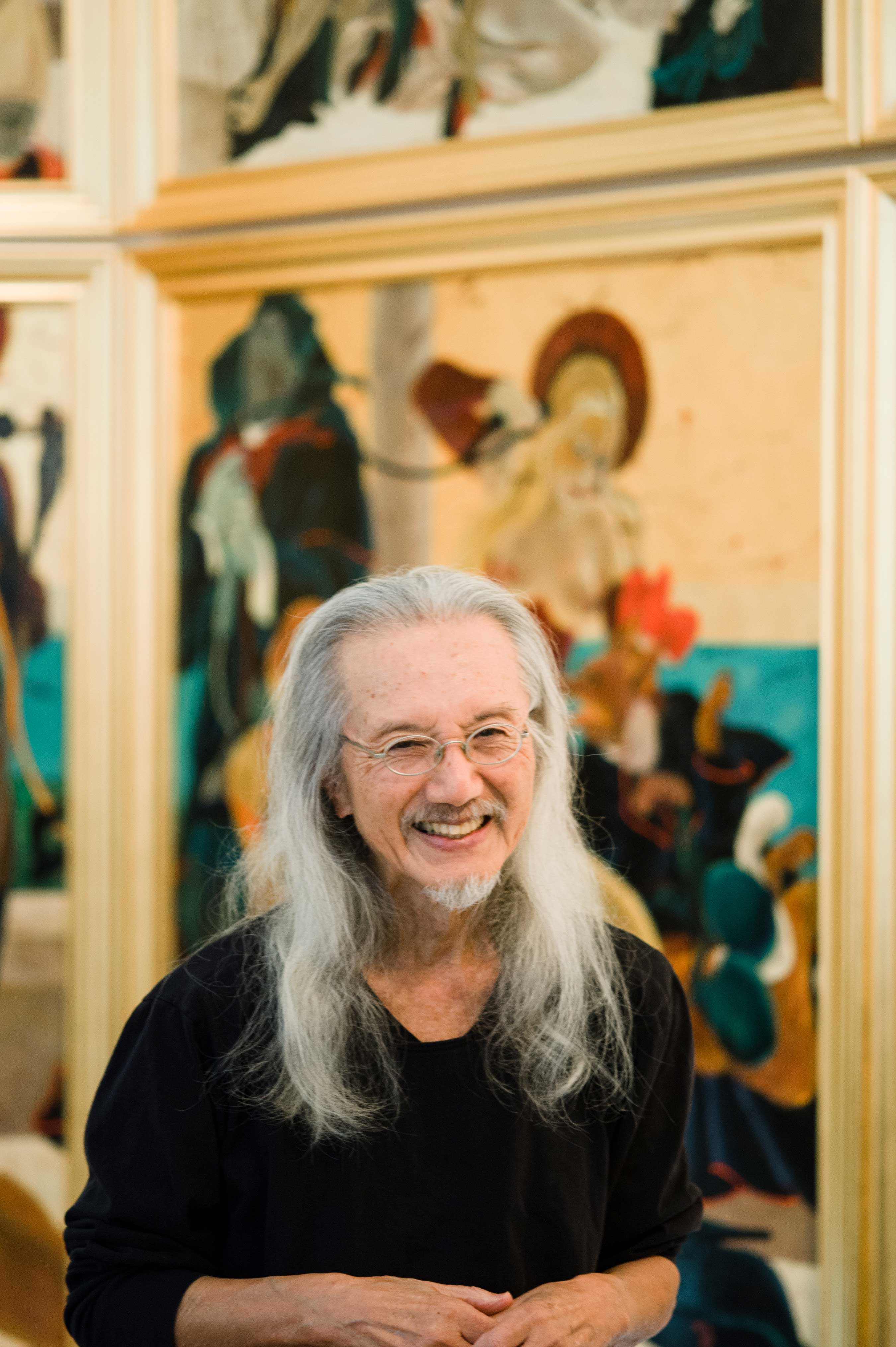
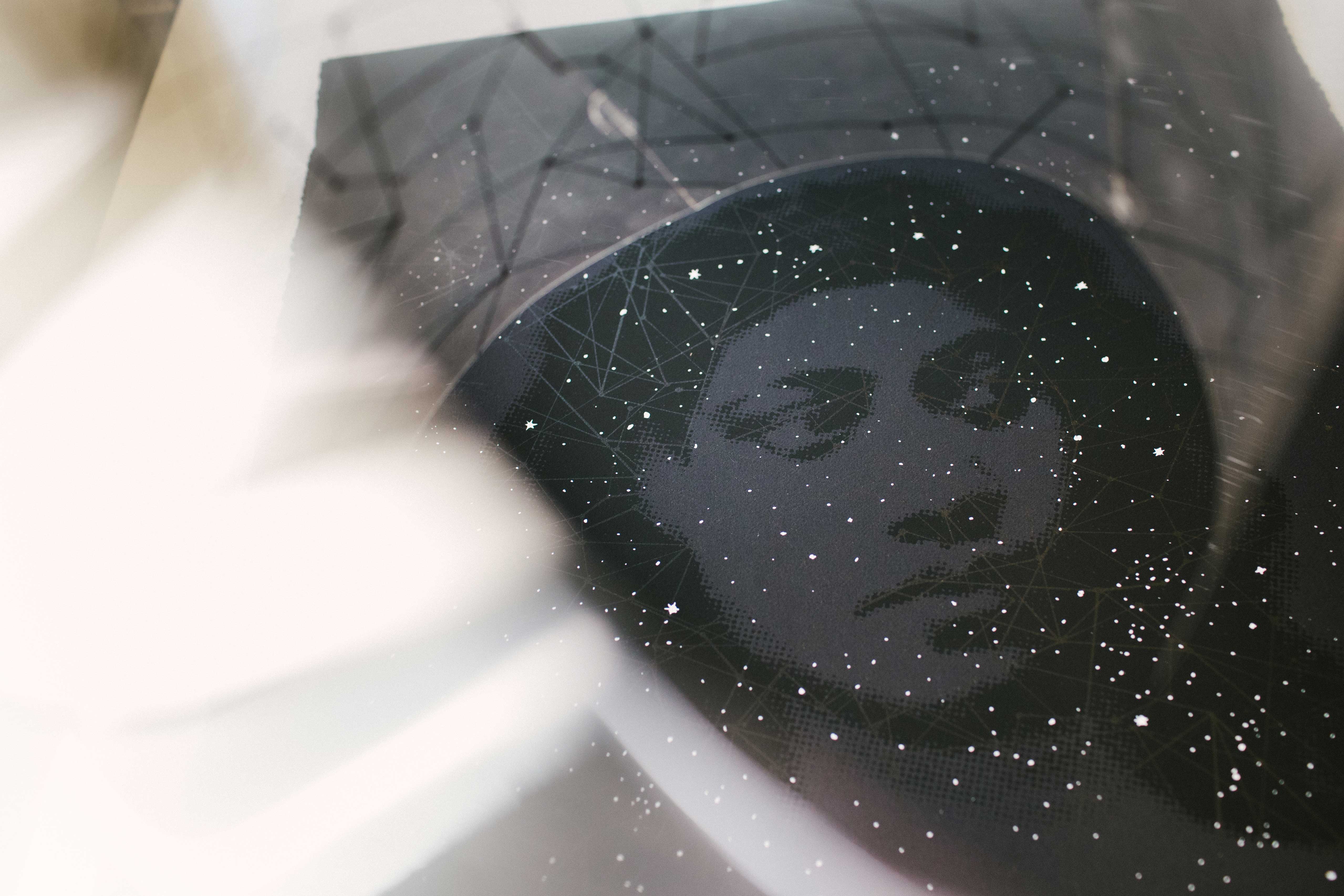
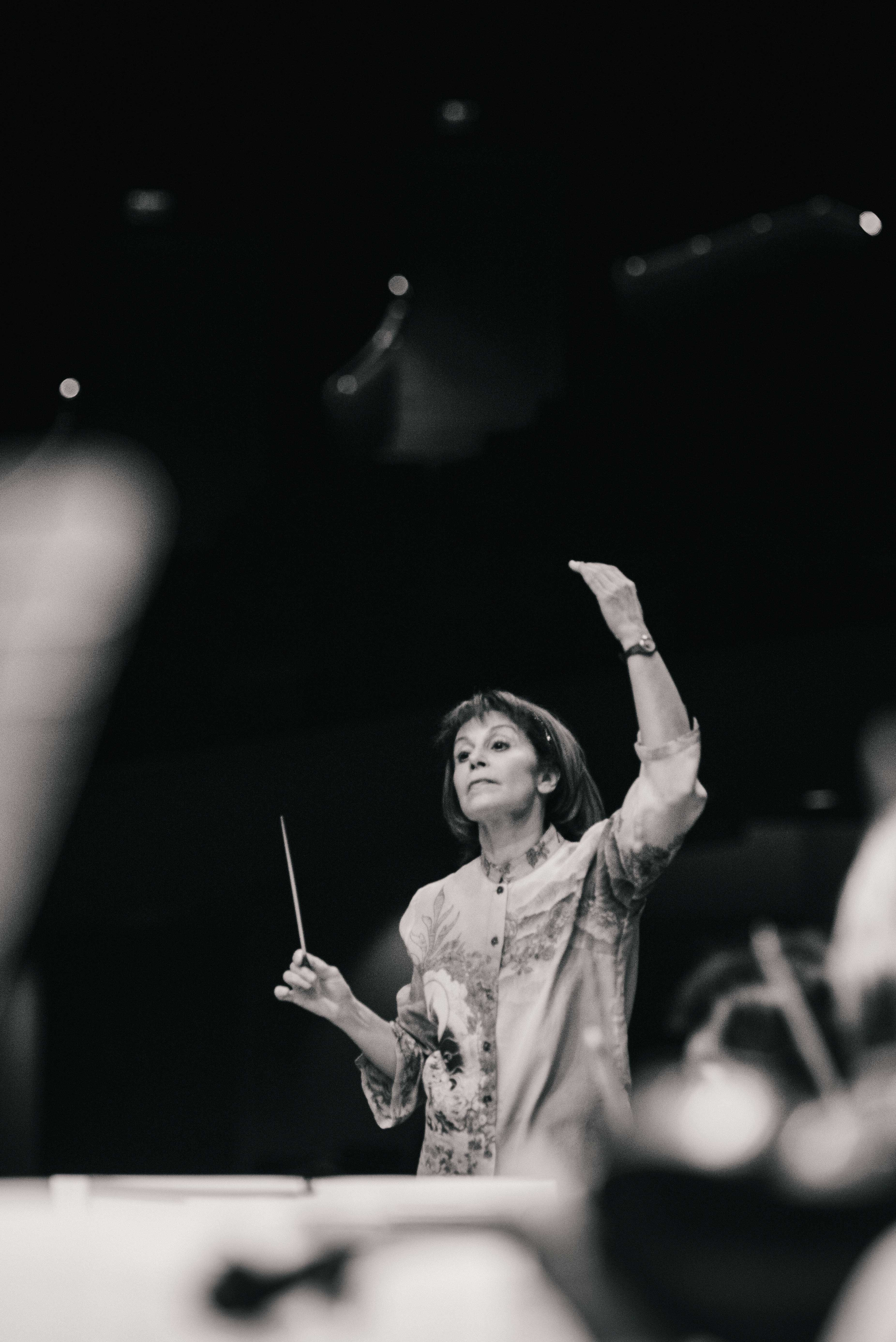

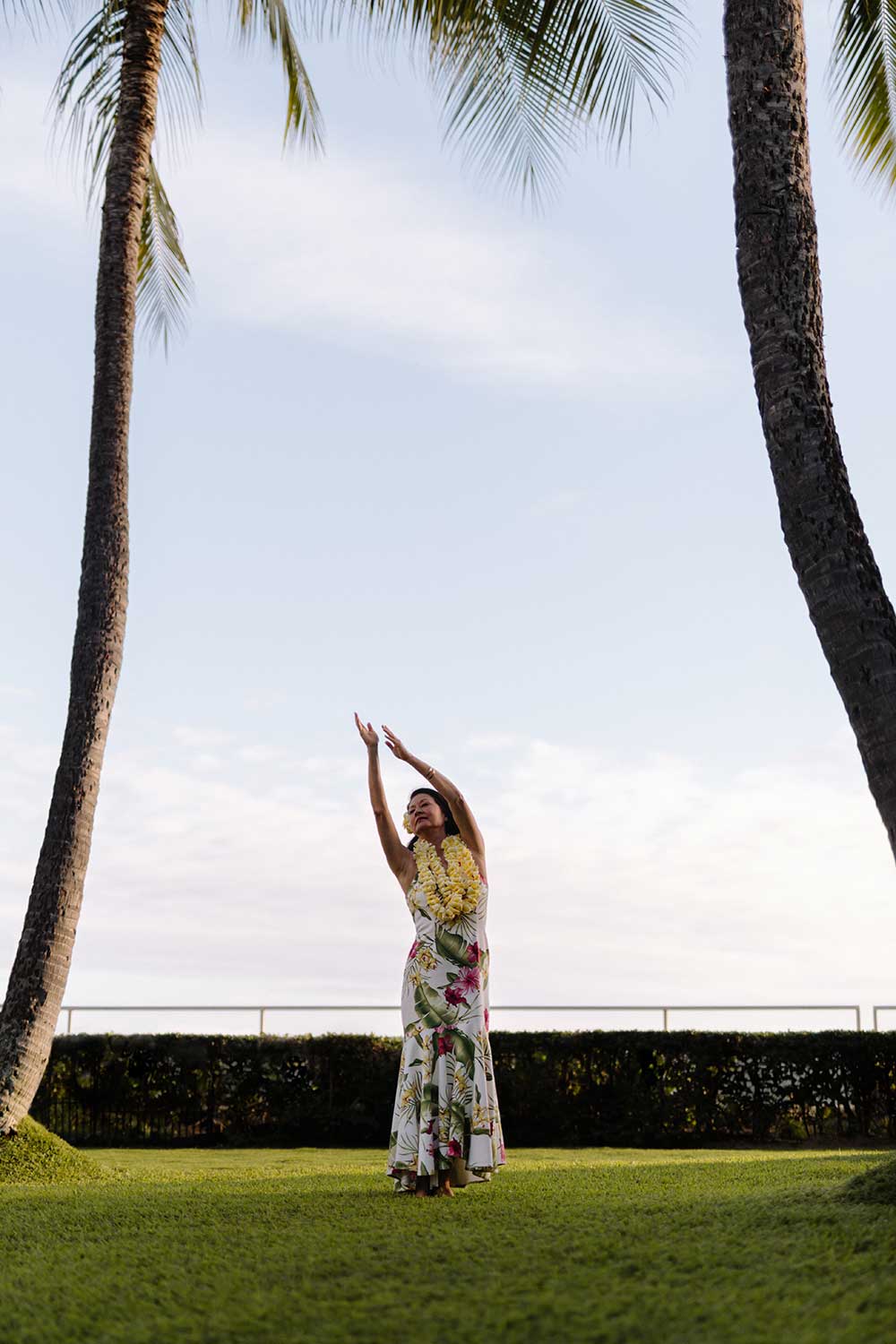
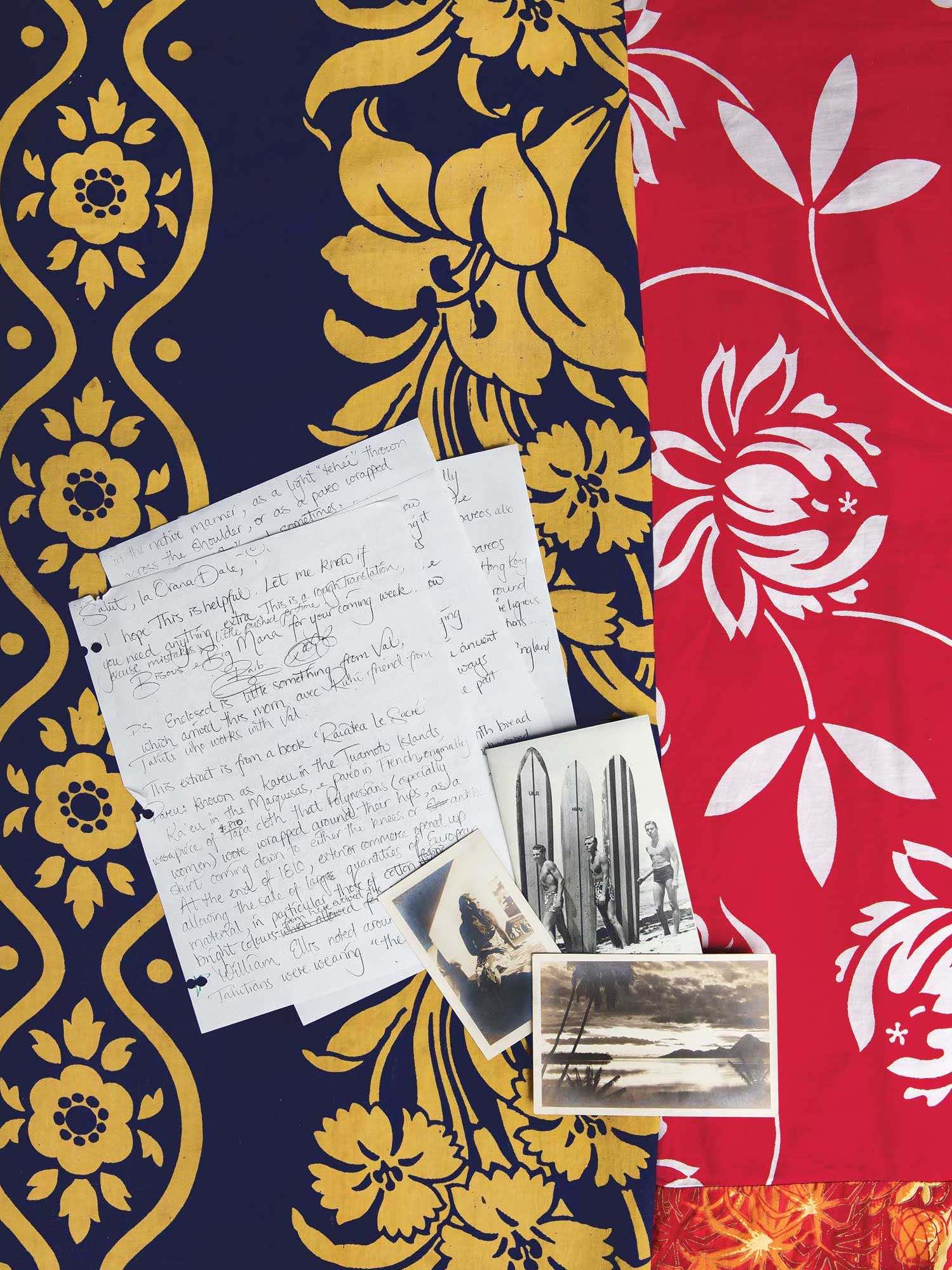
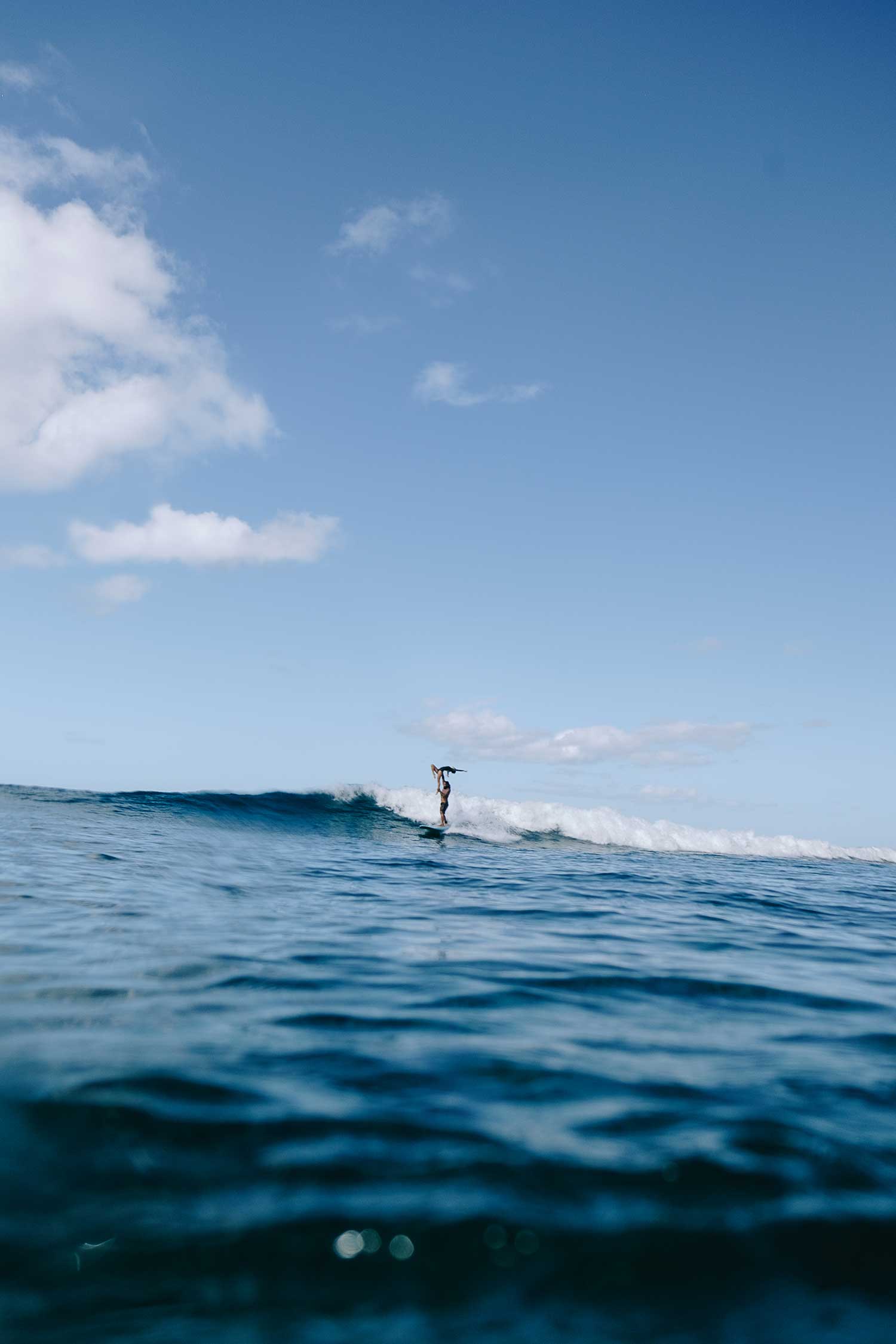
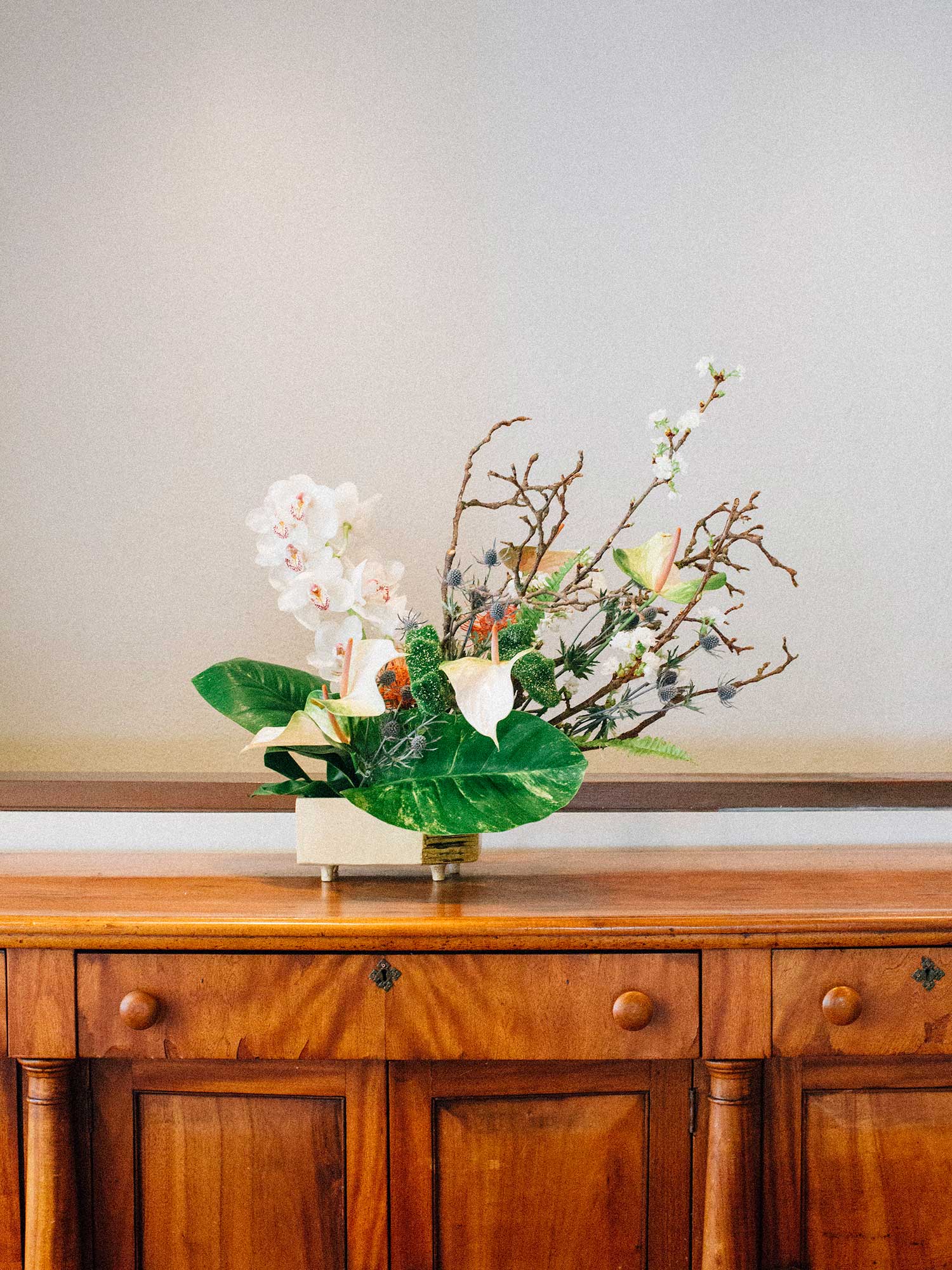
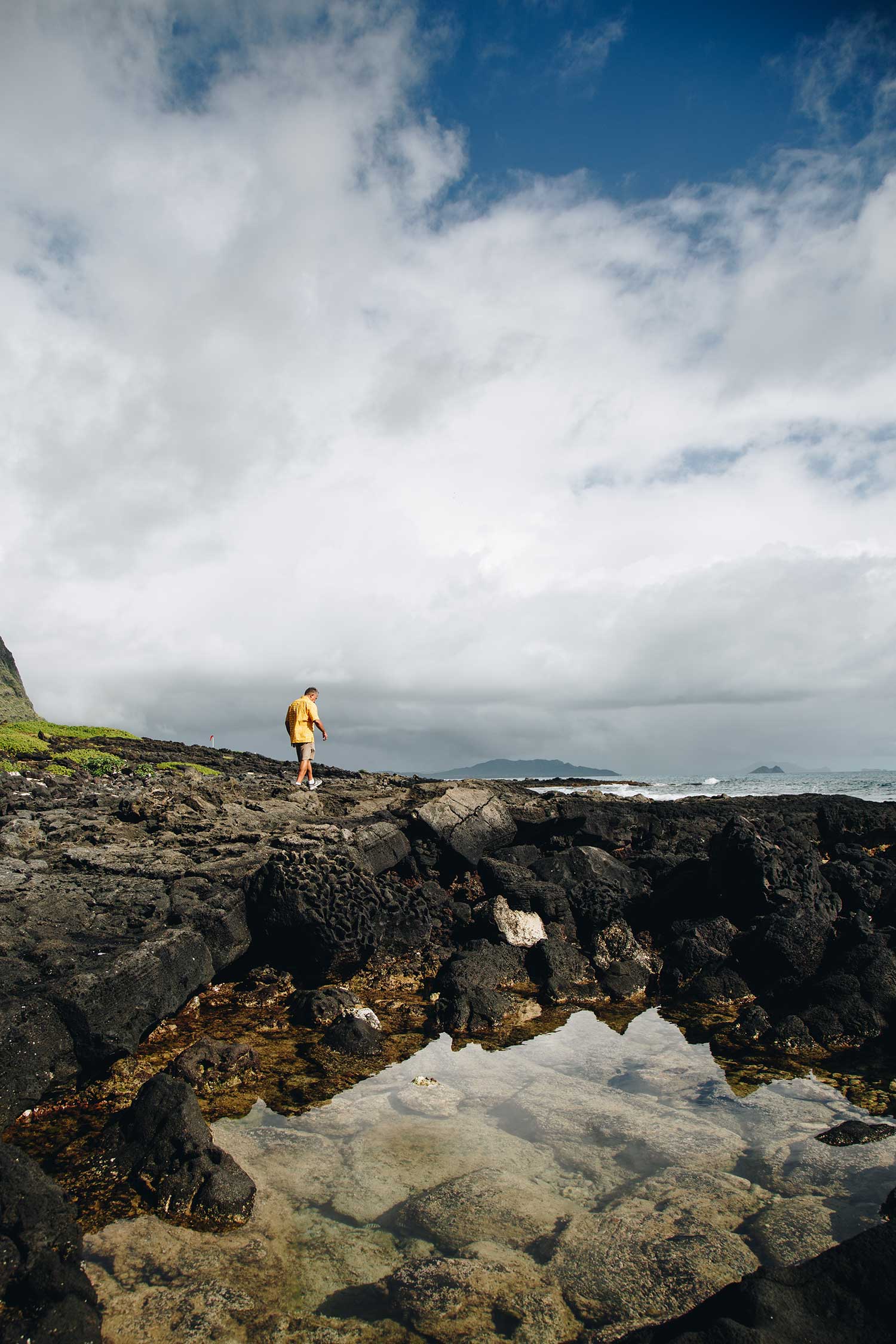
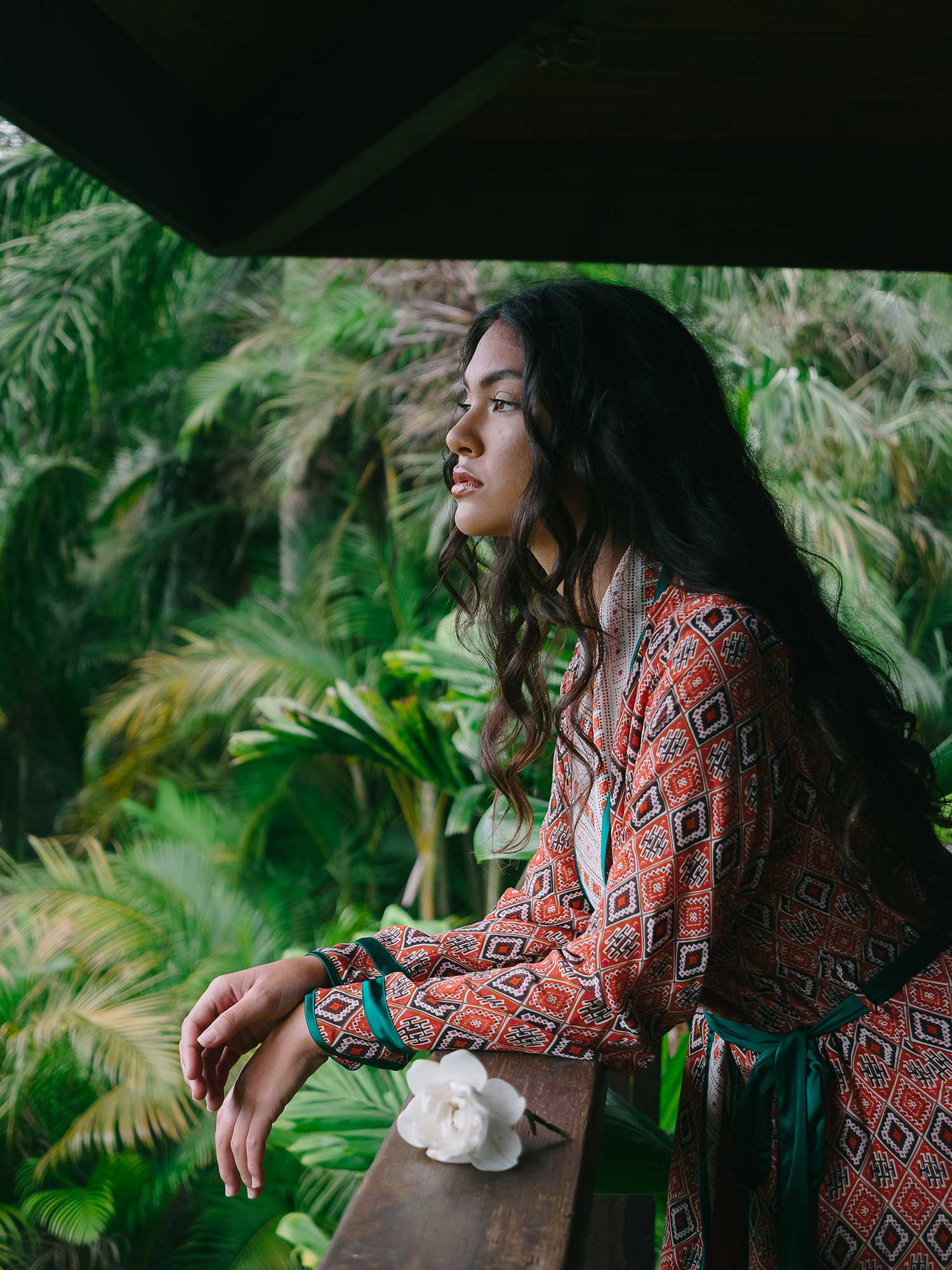
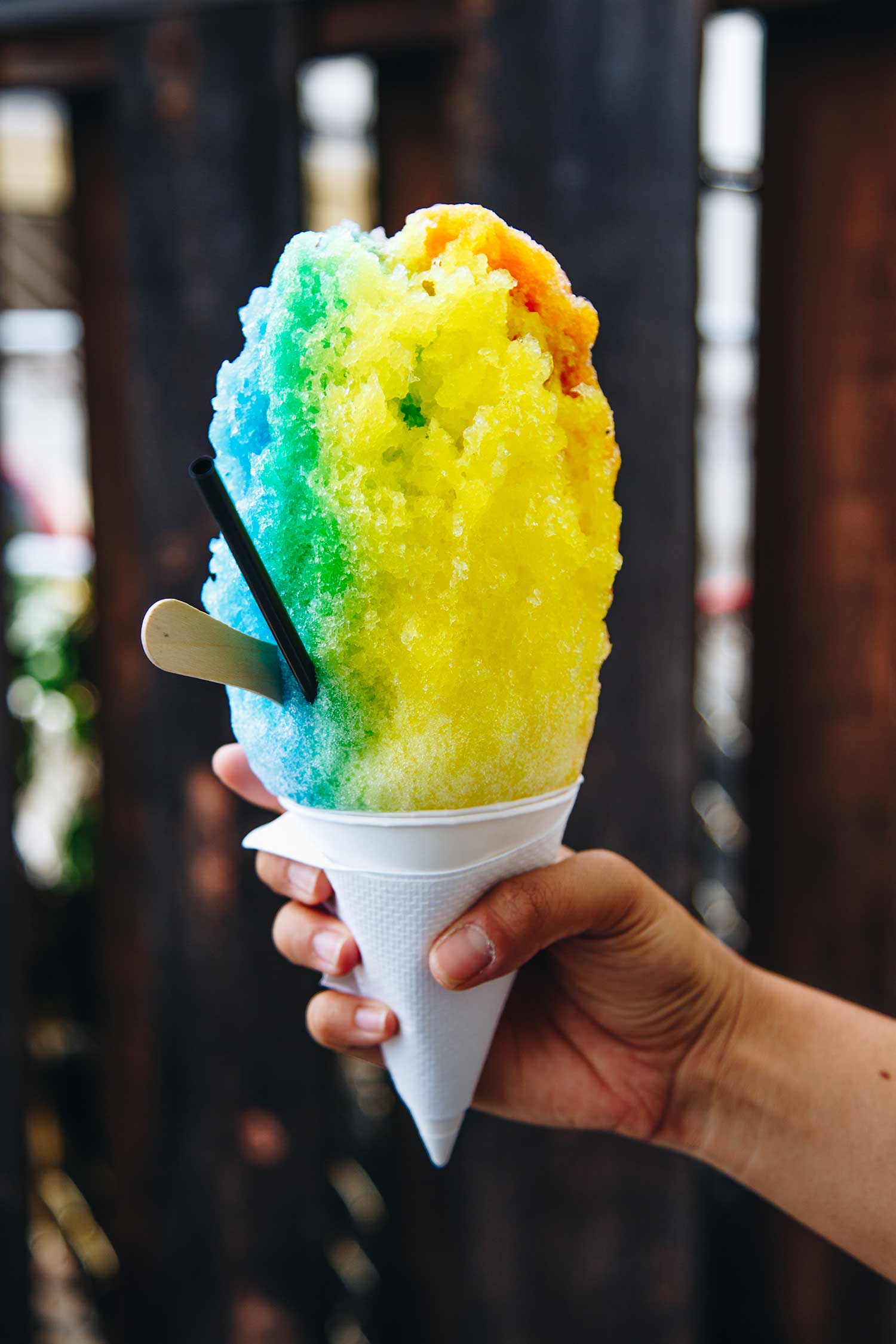
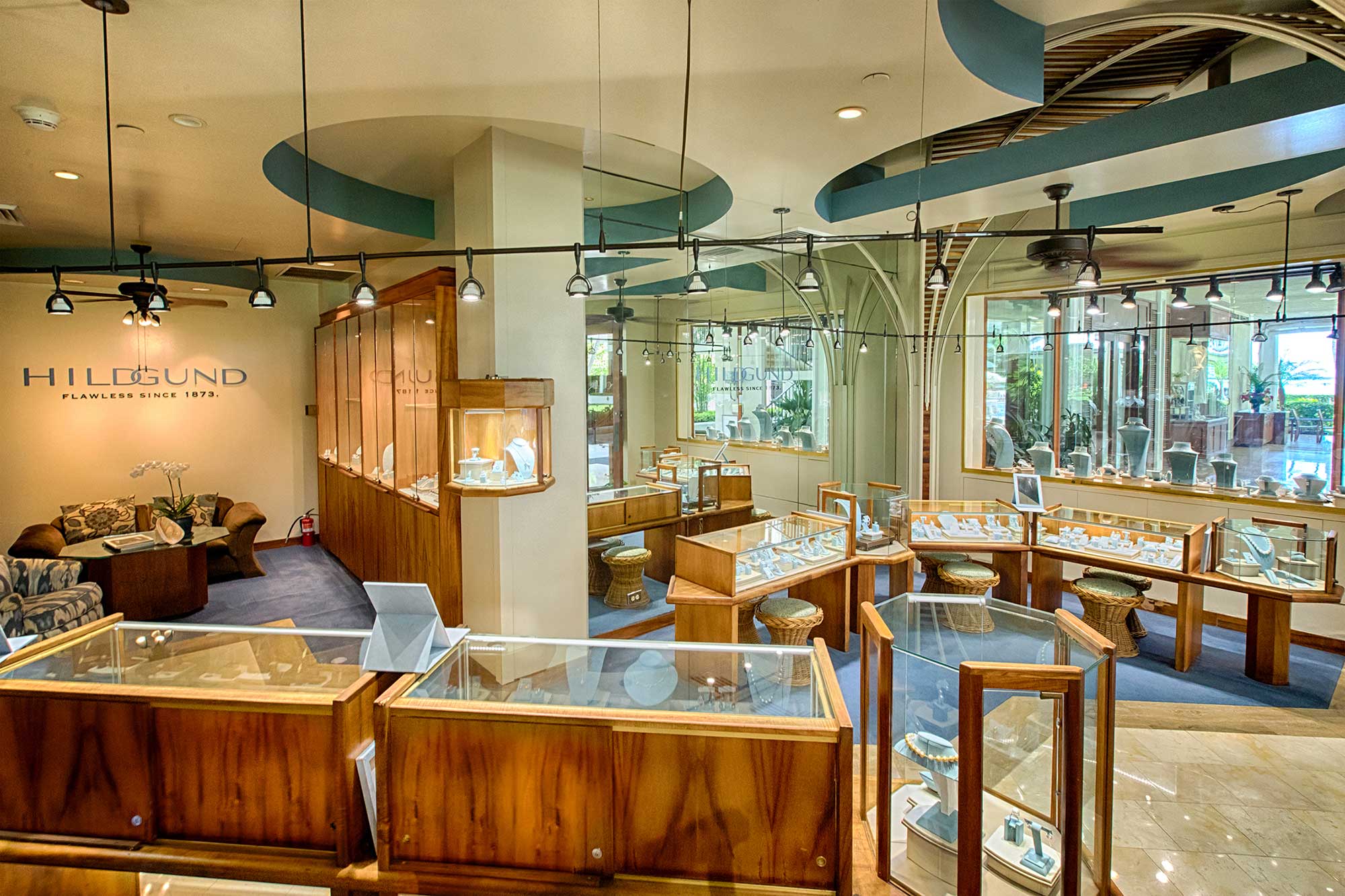
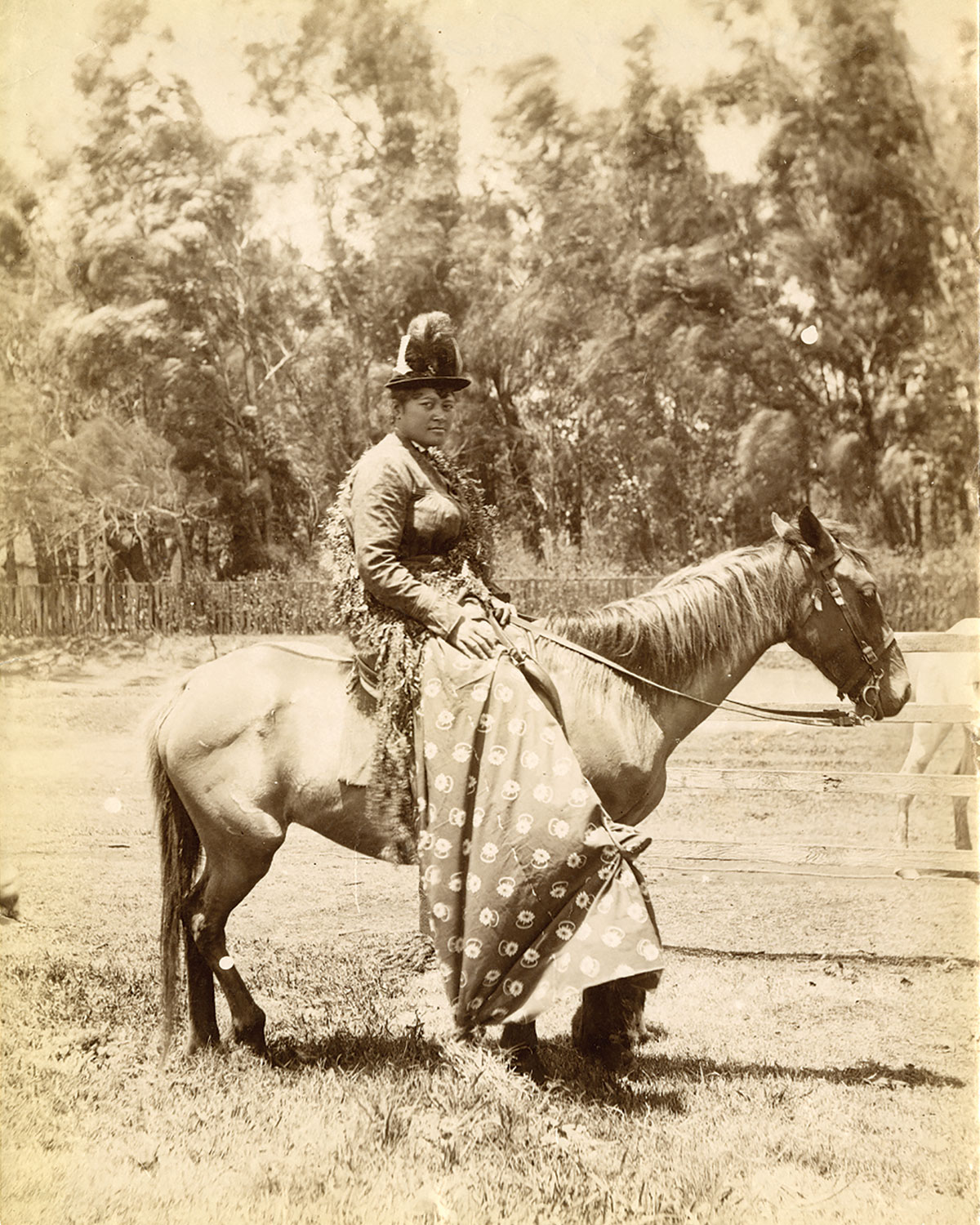
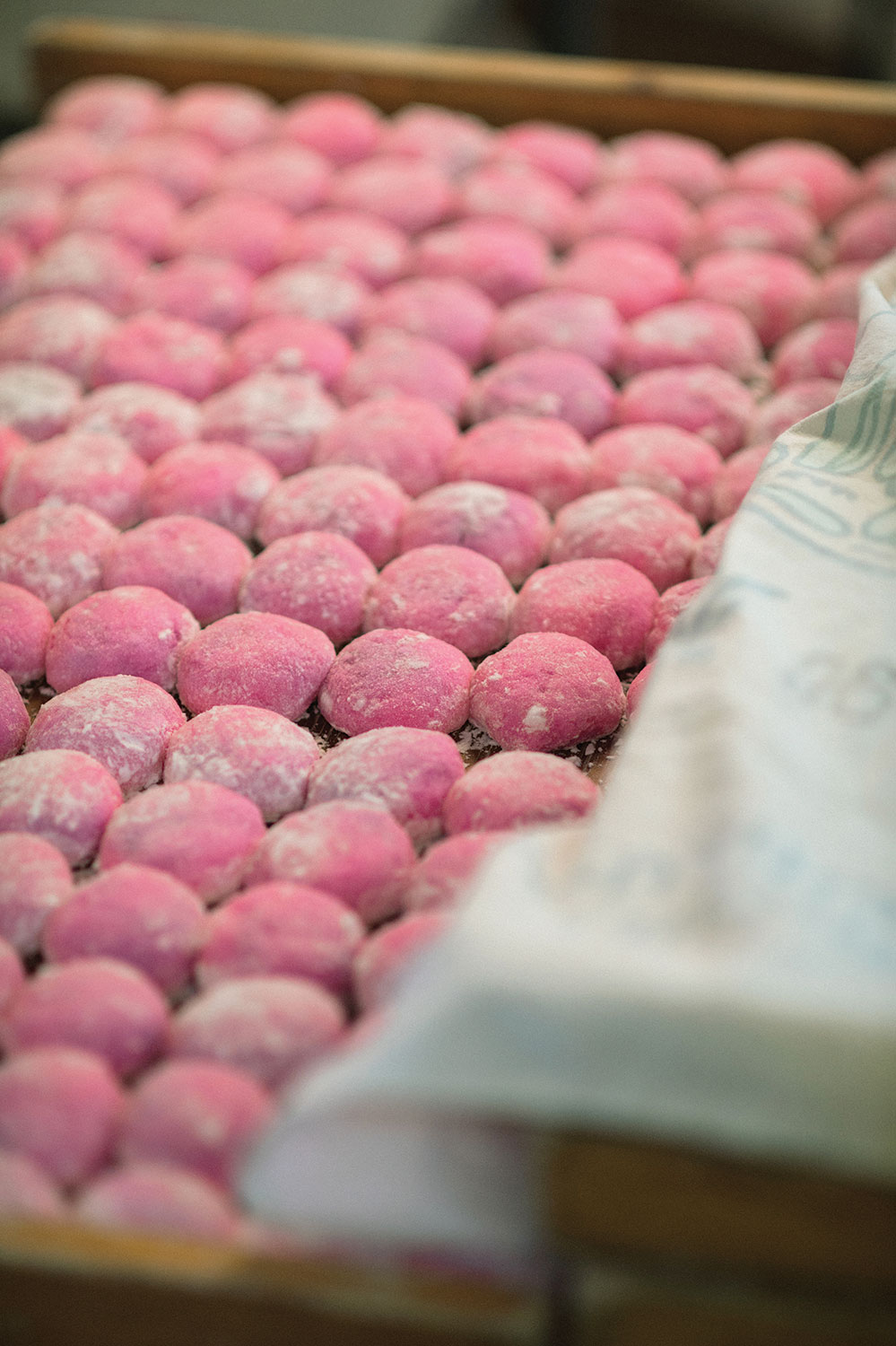
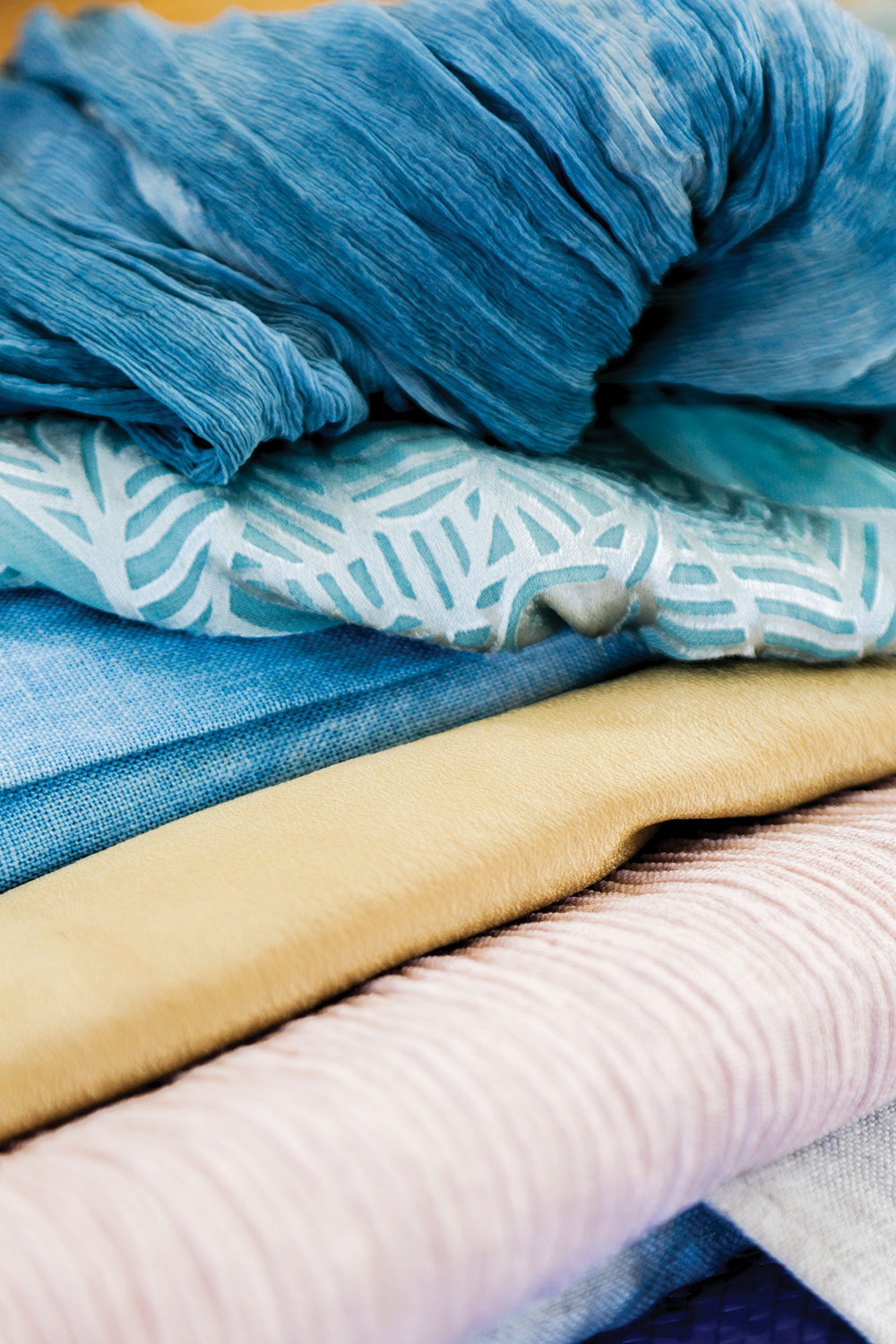
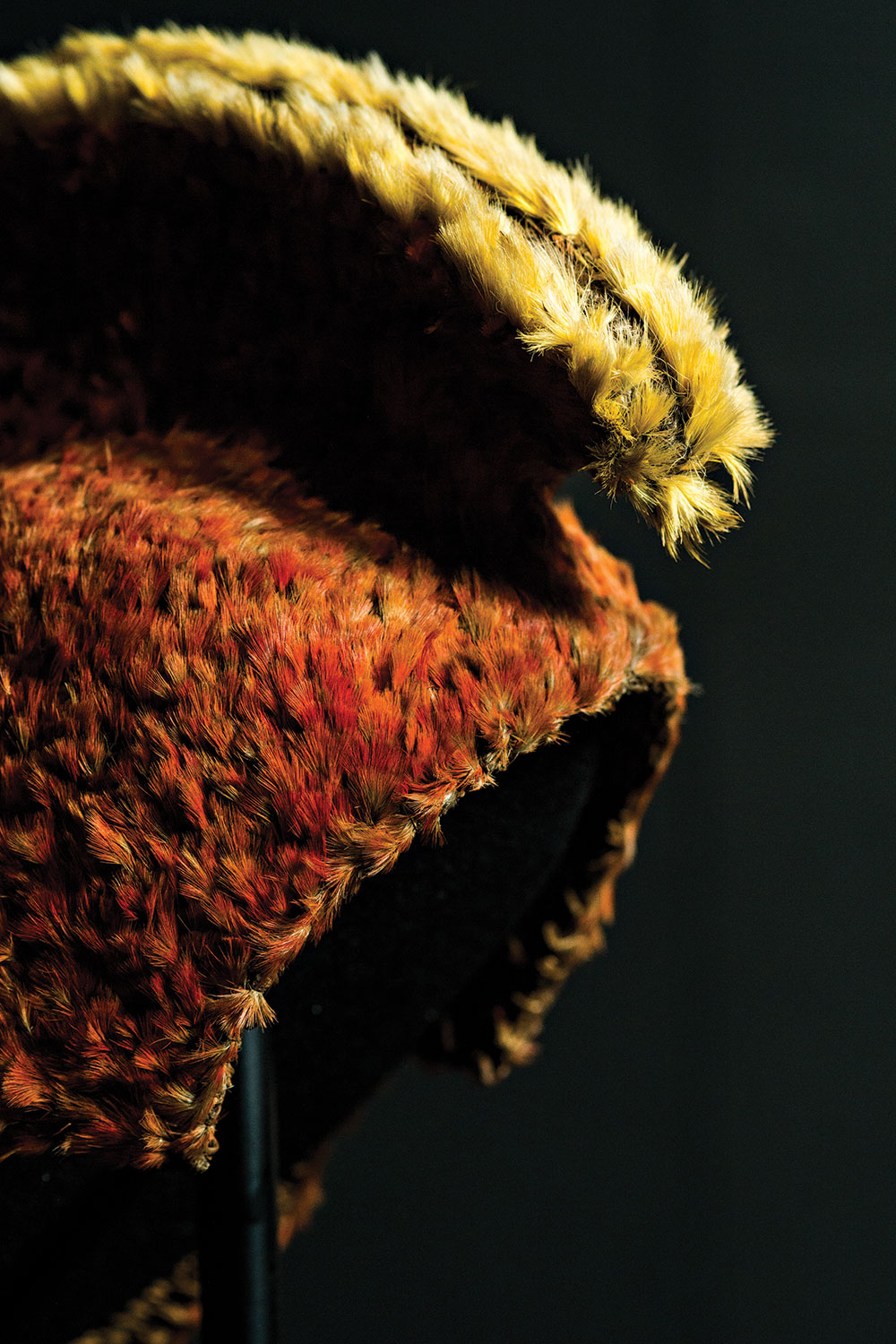
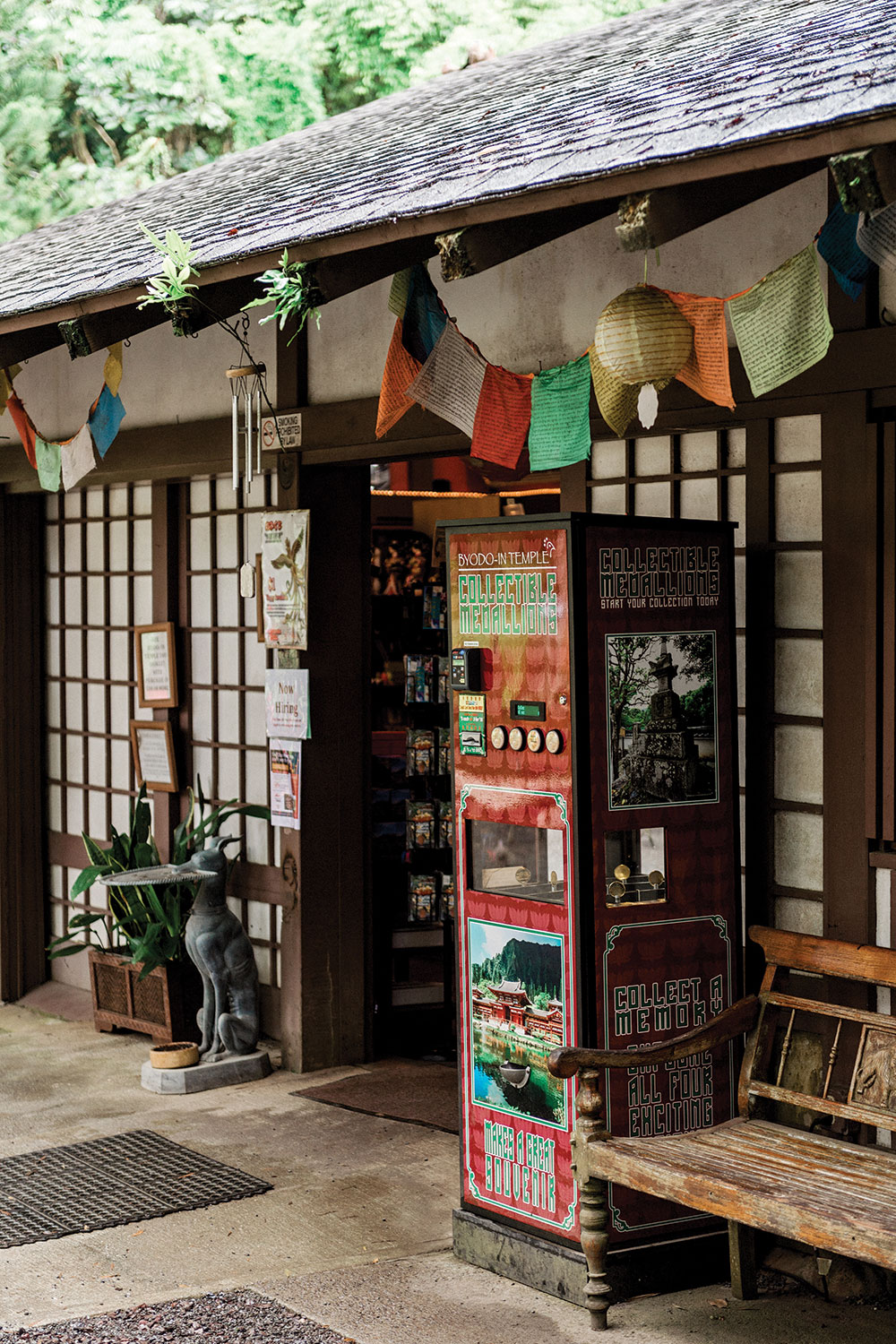
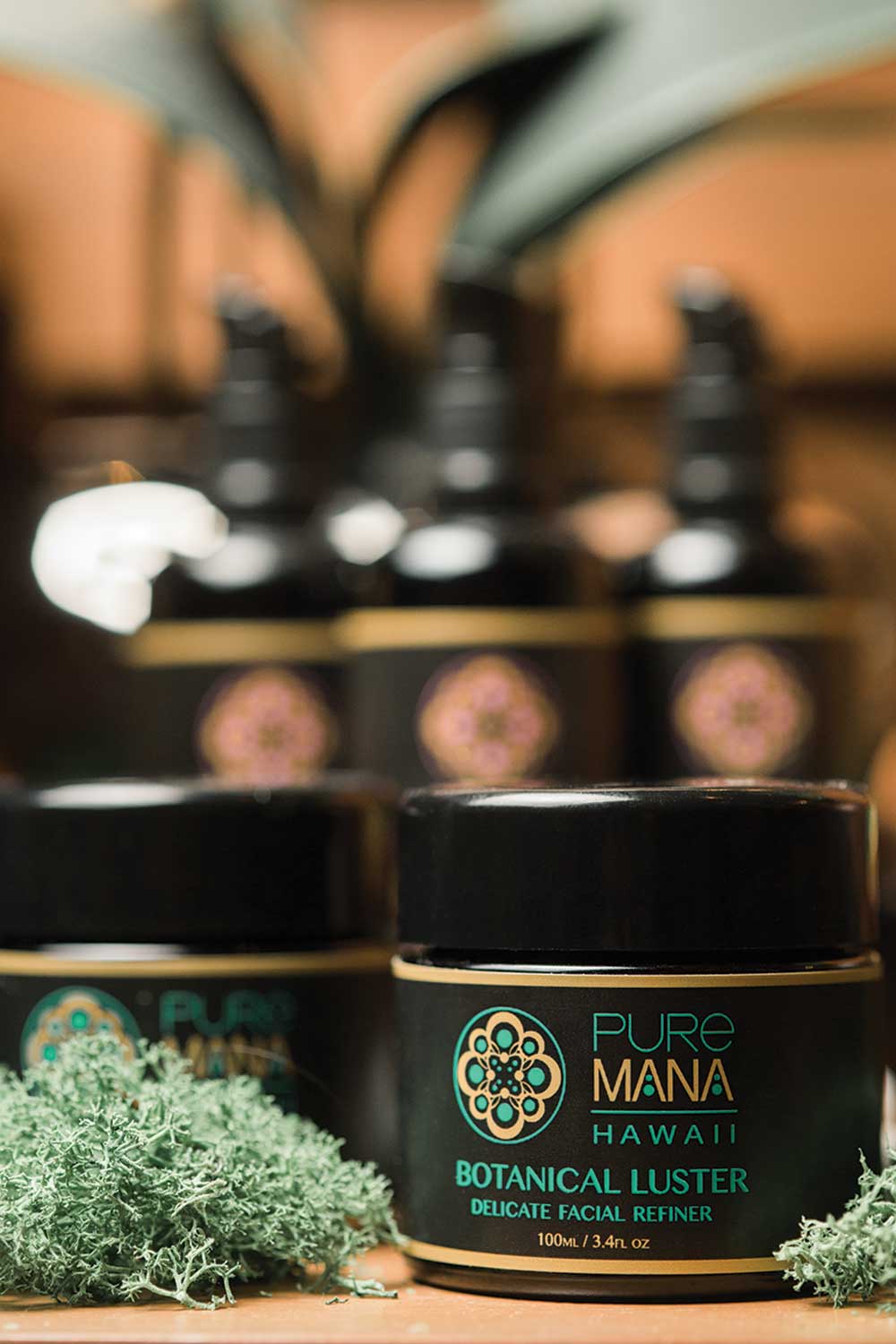
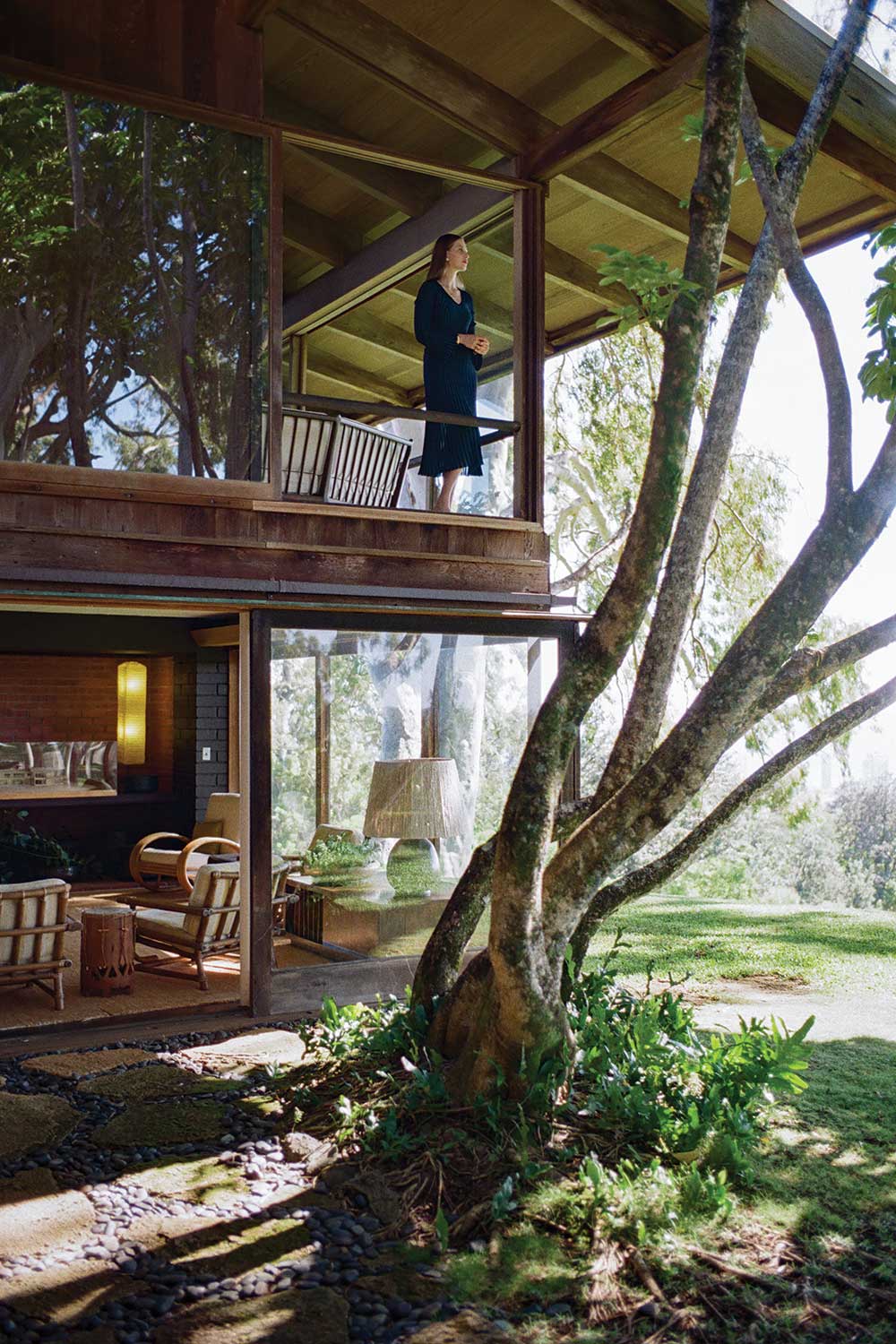
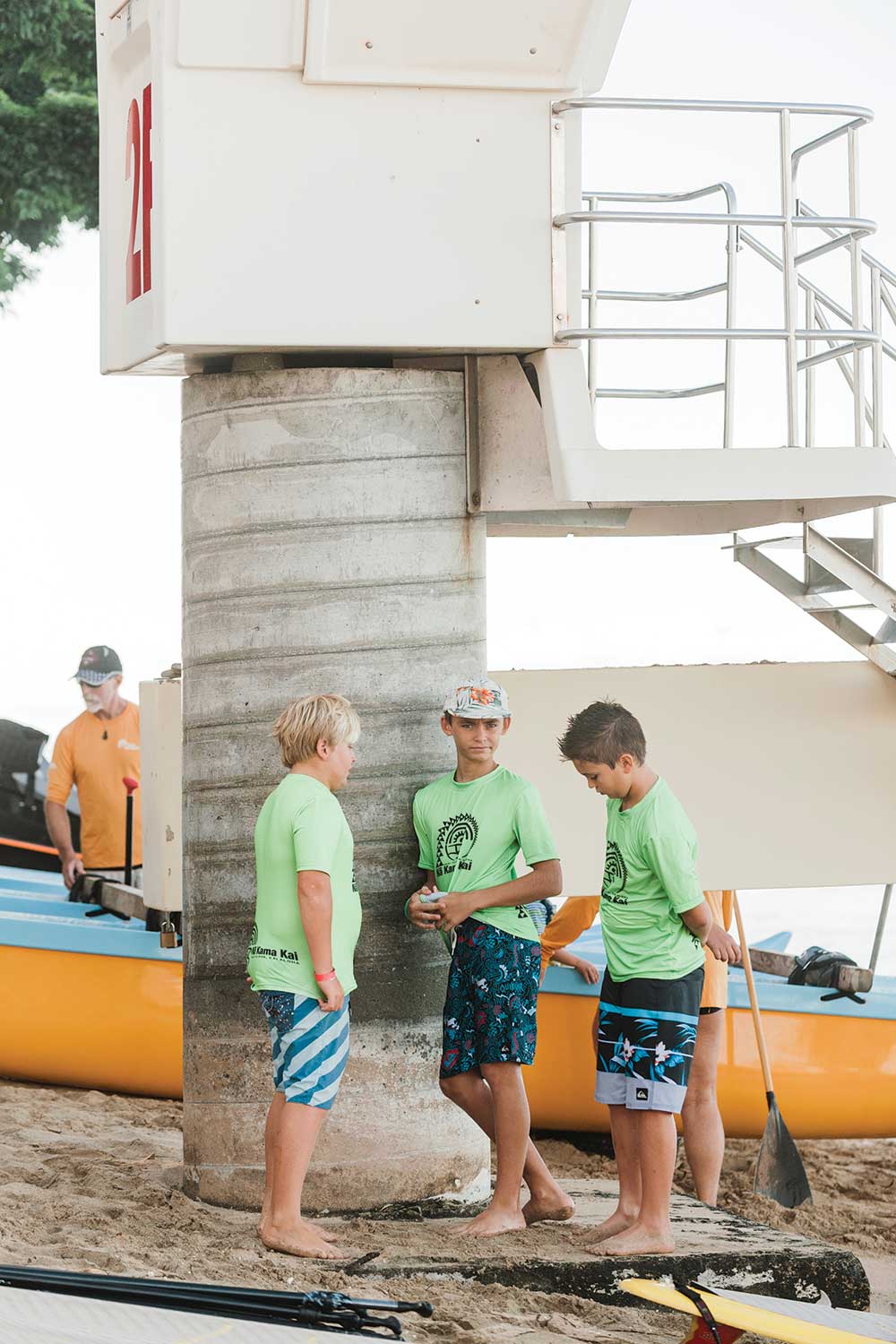
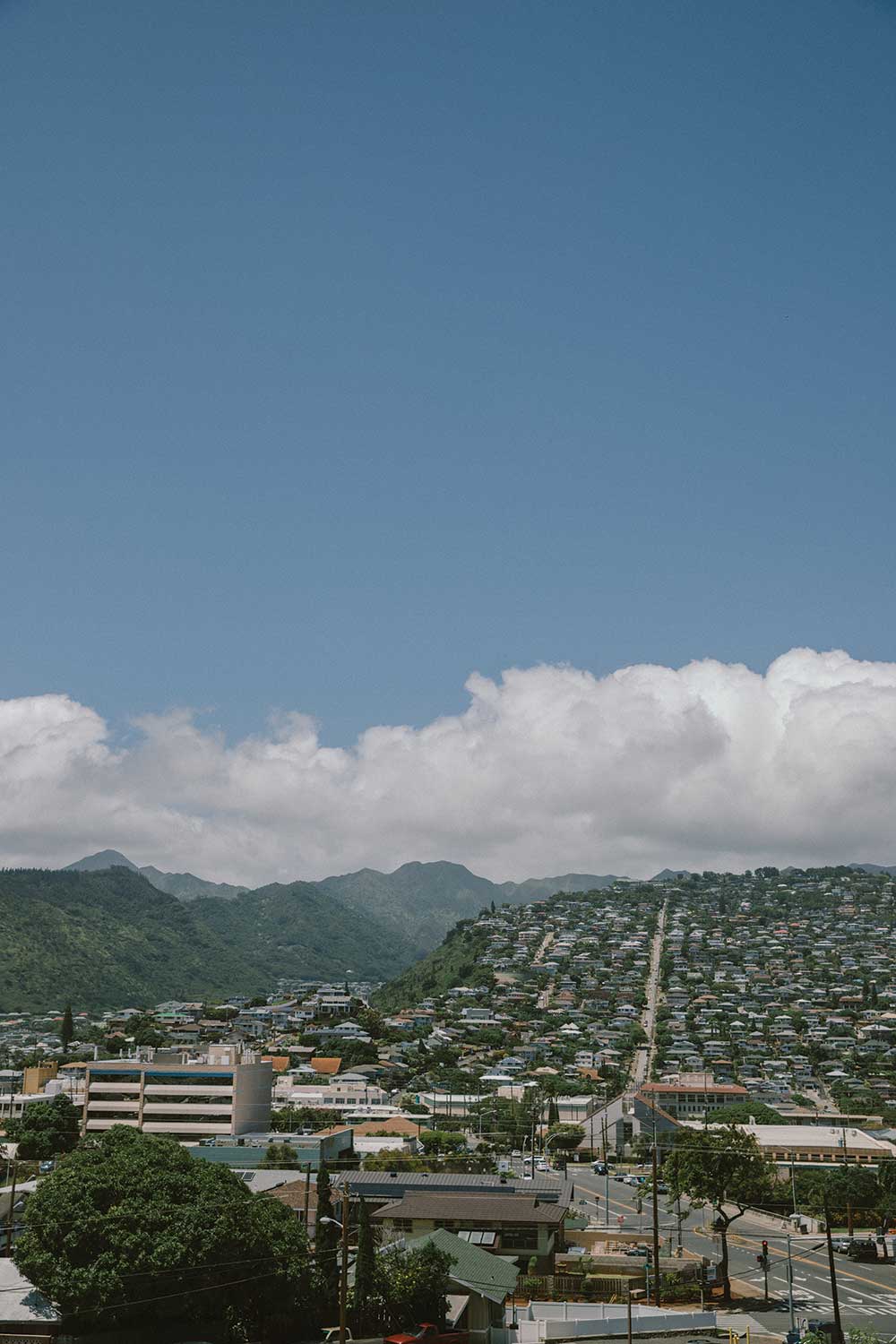
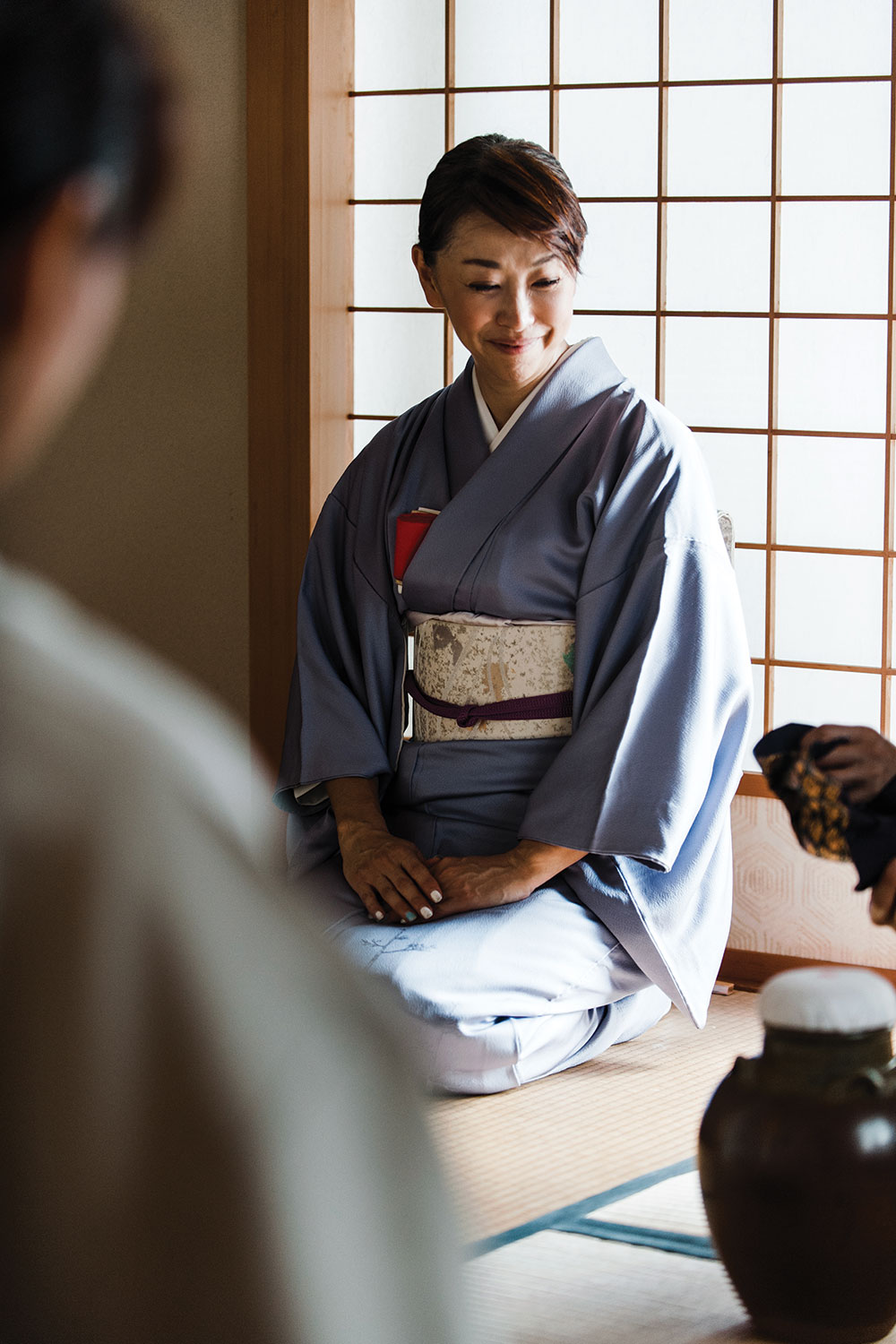
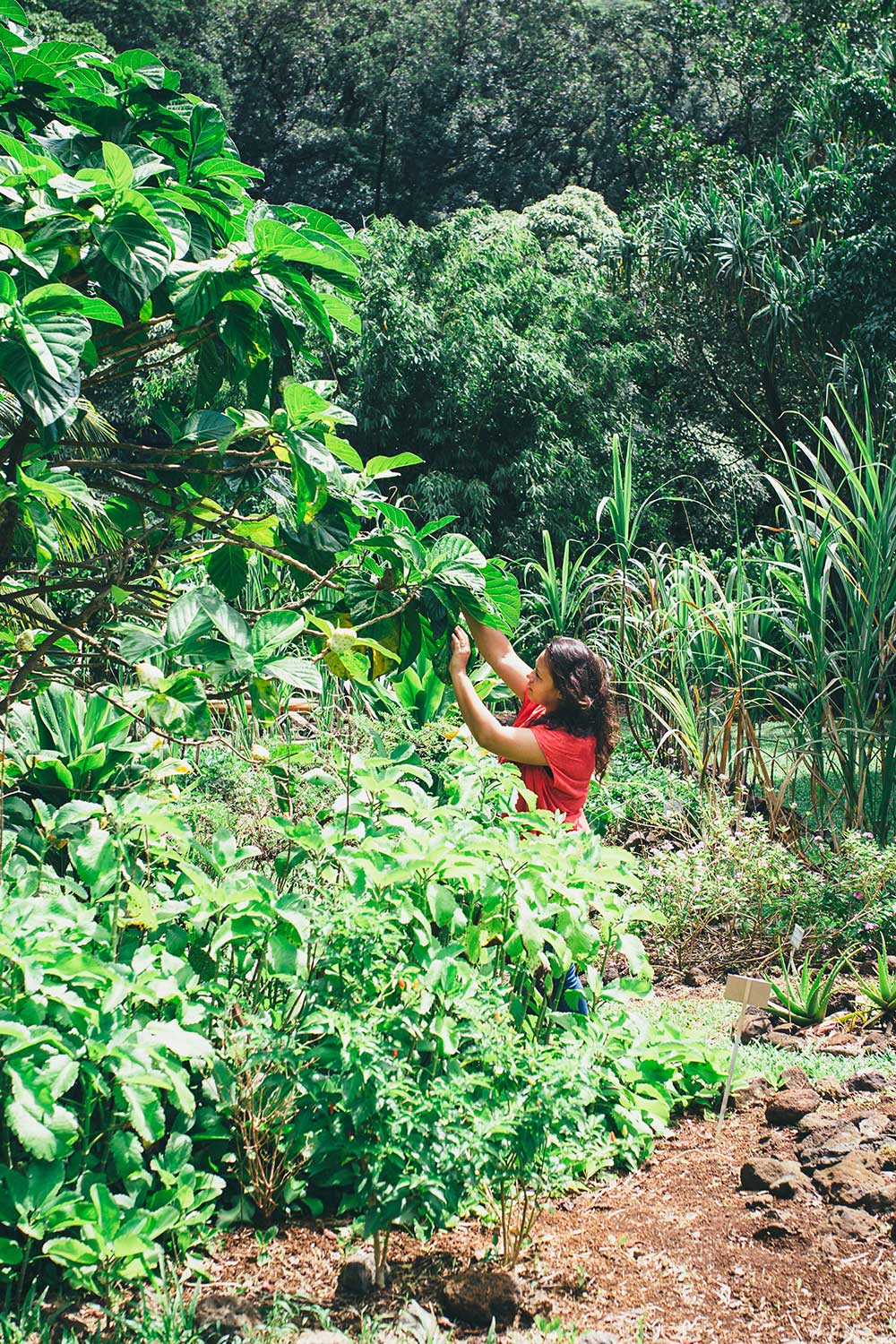
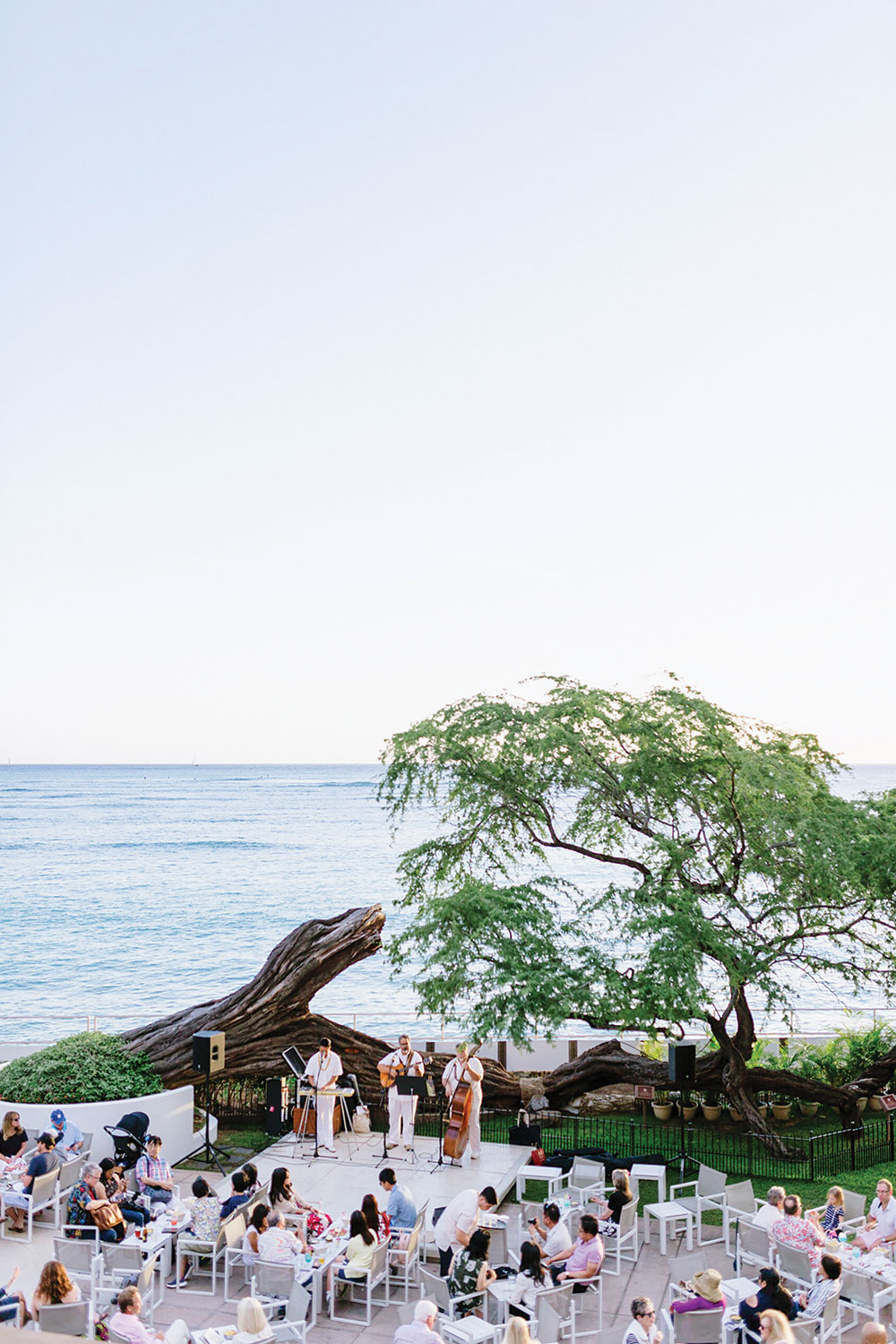
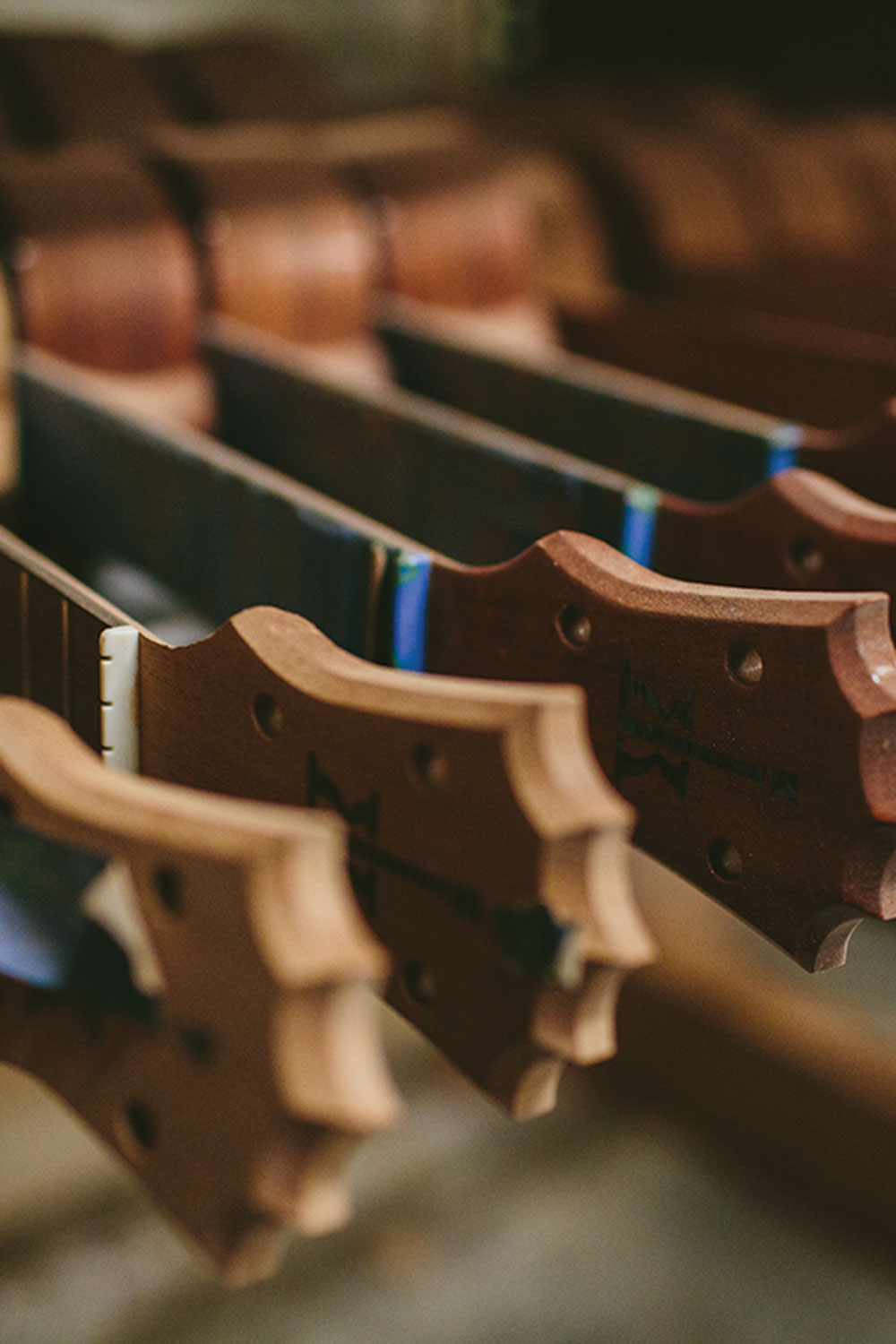
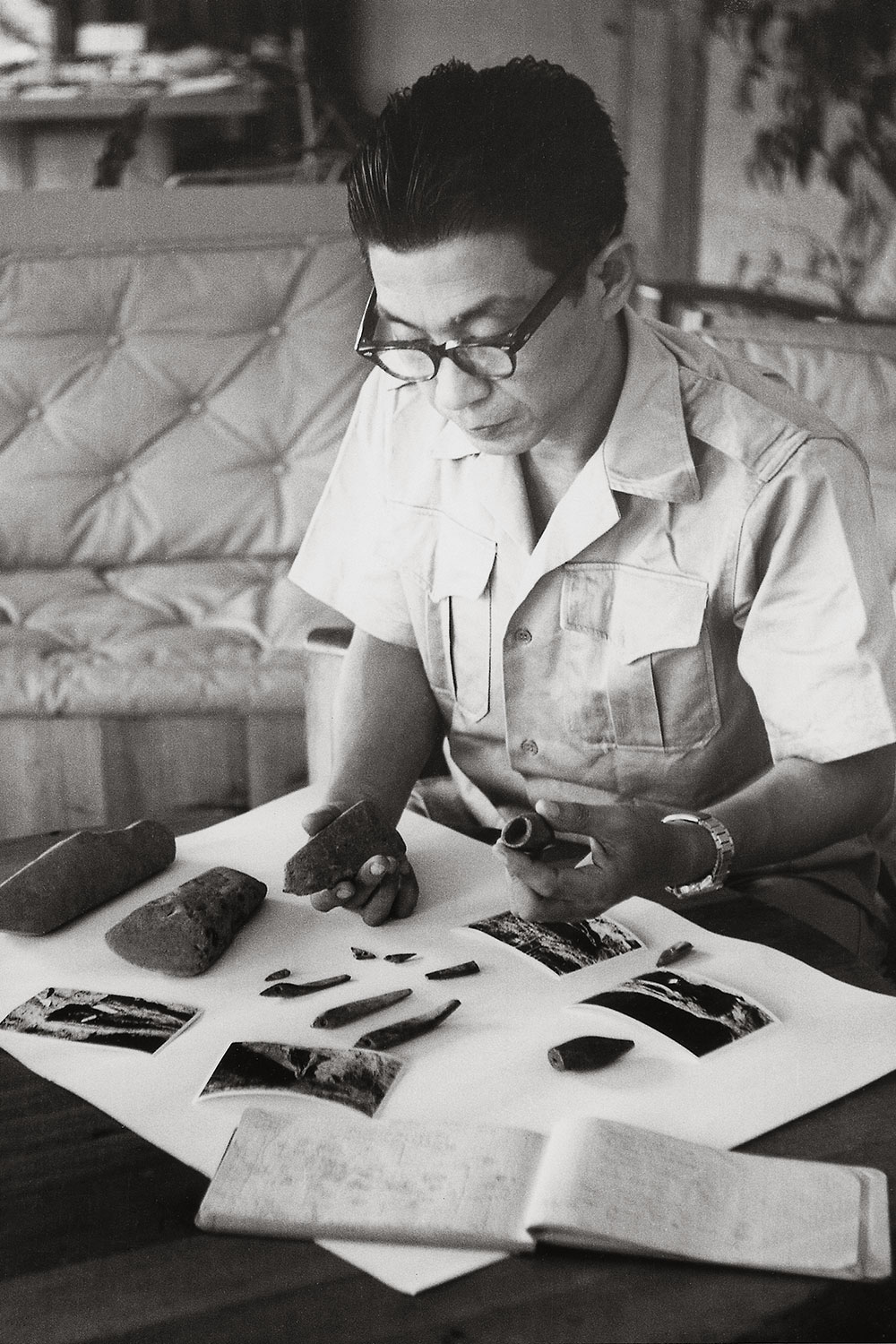
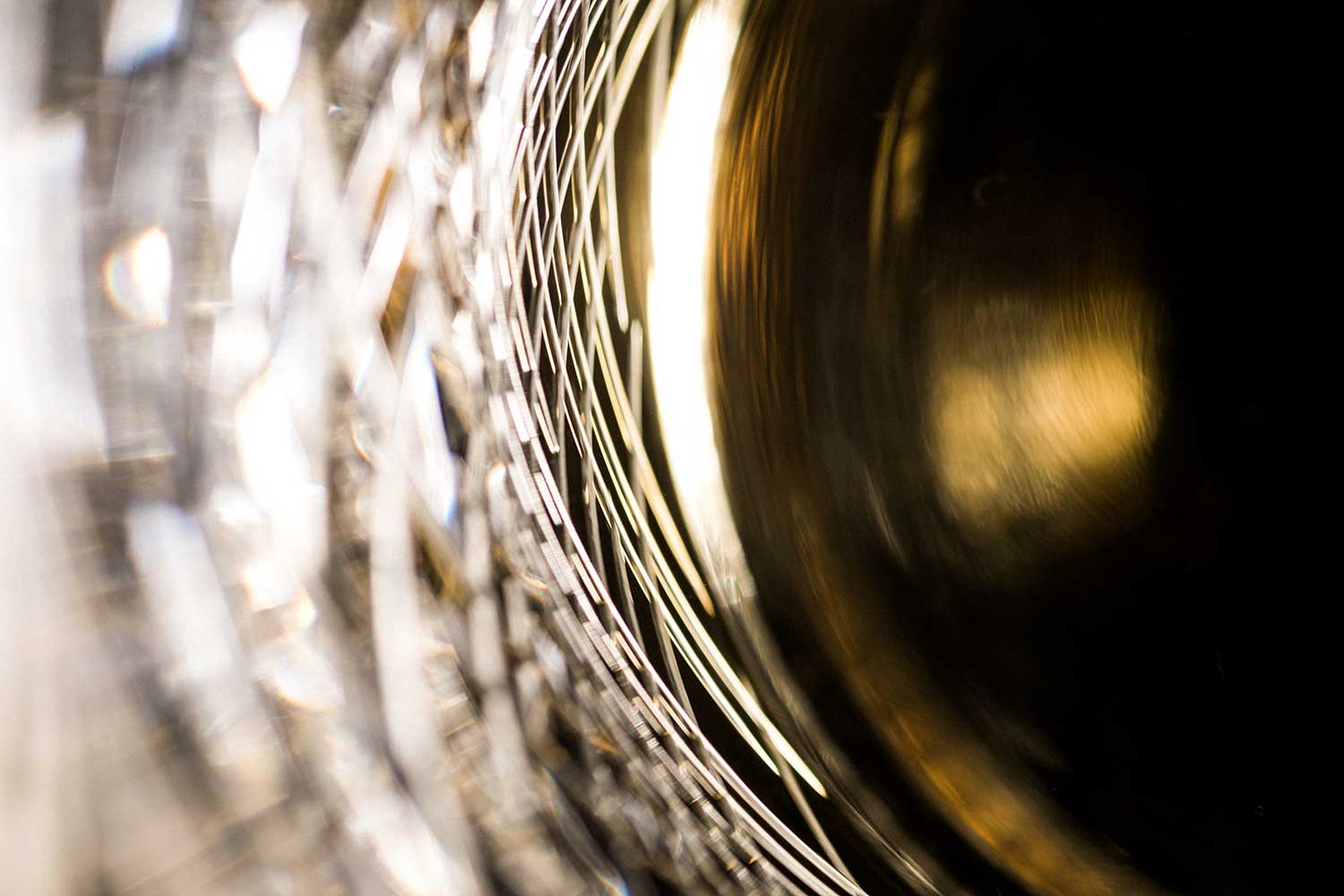
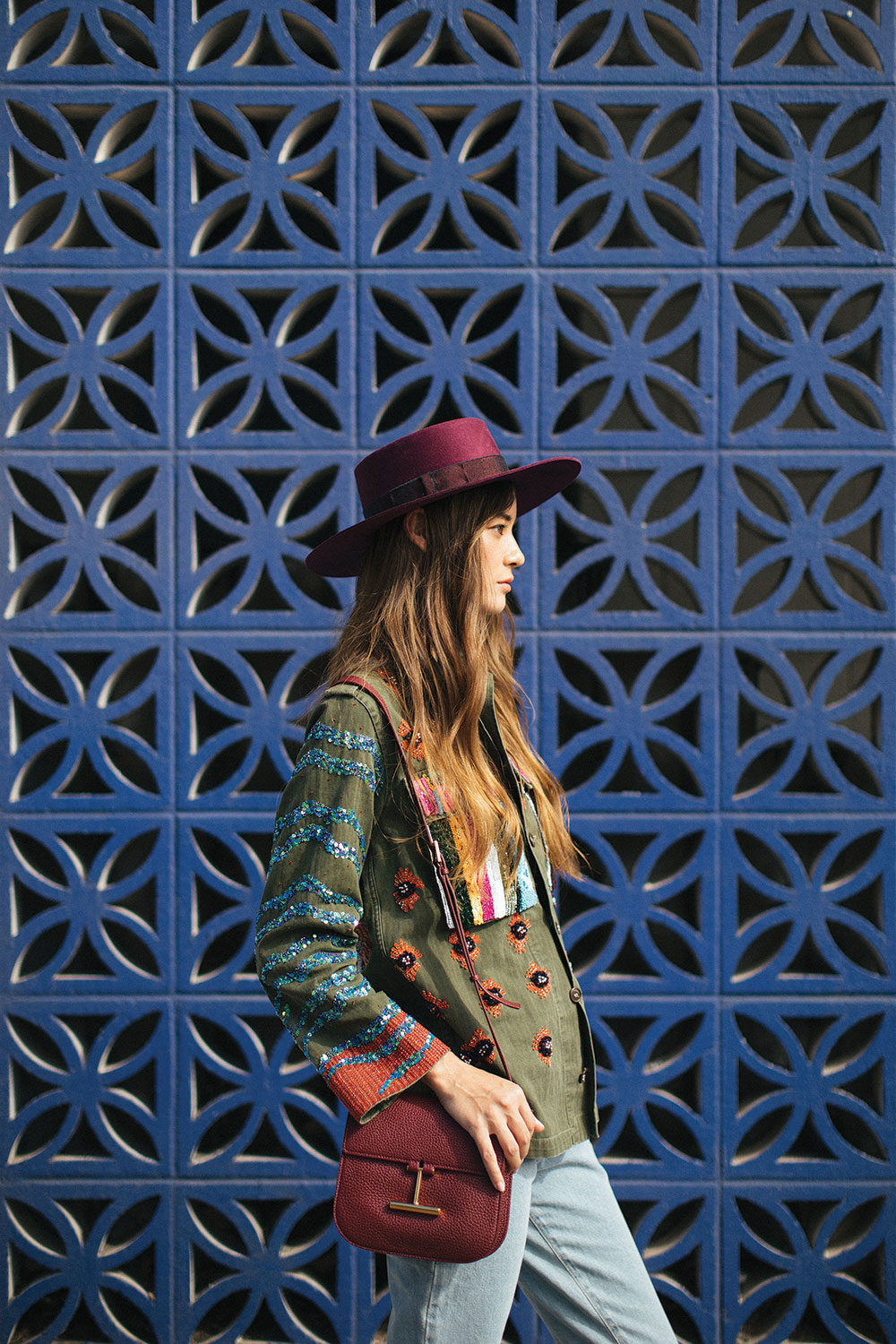













Share: